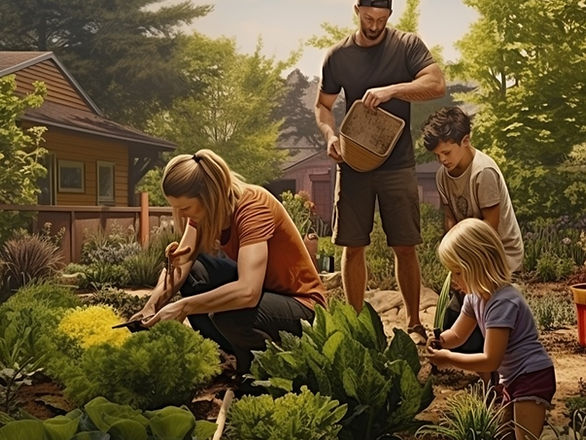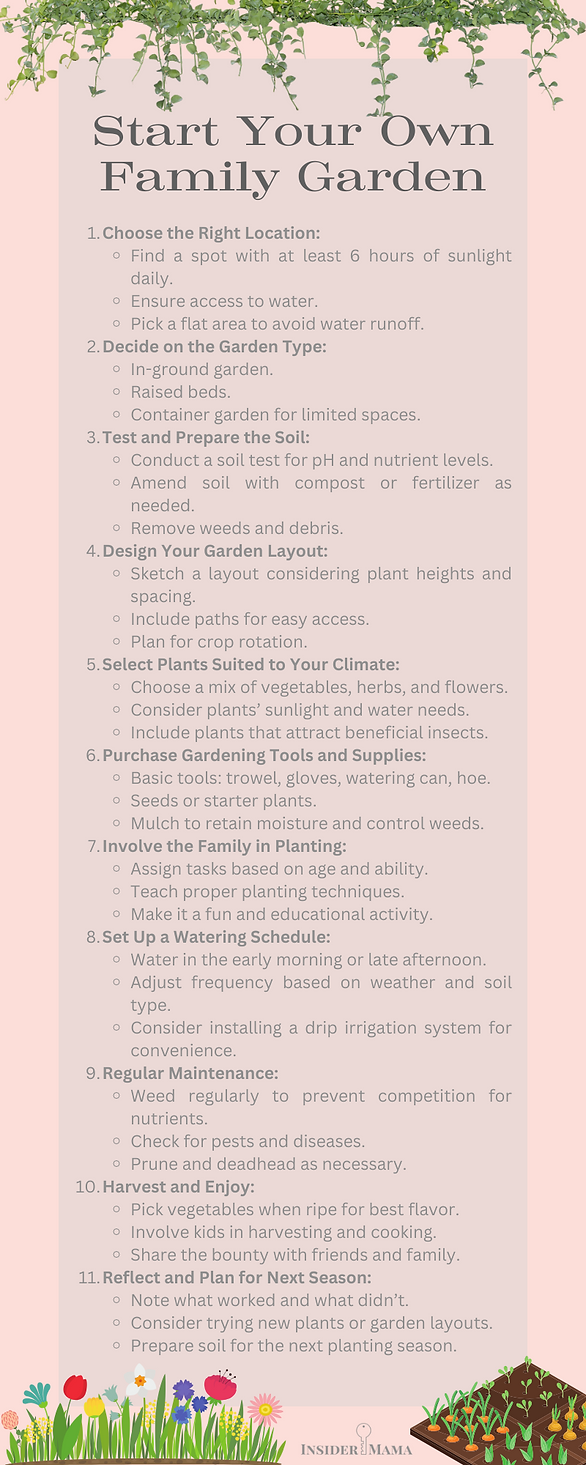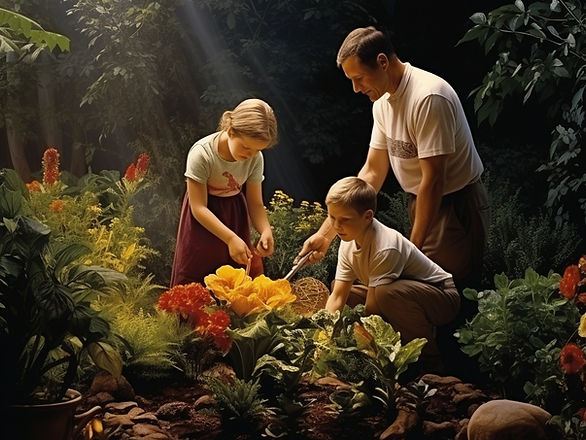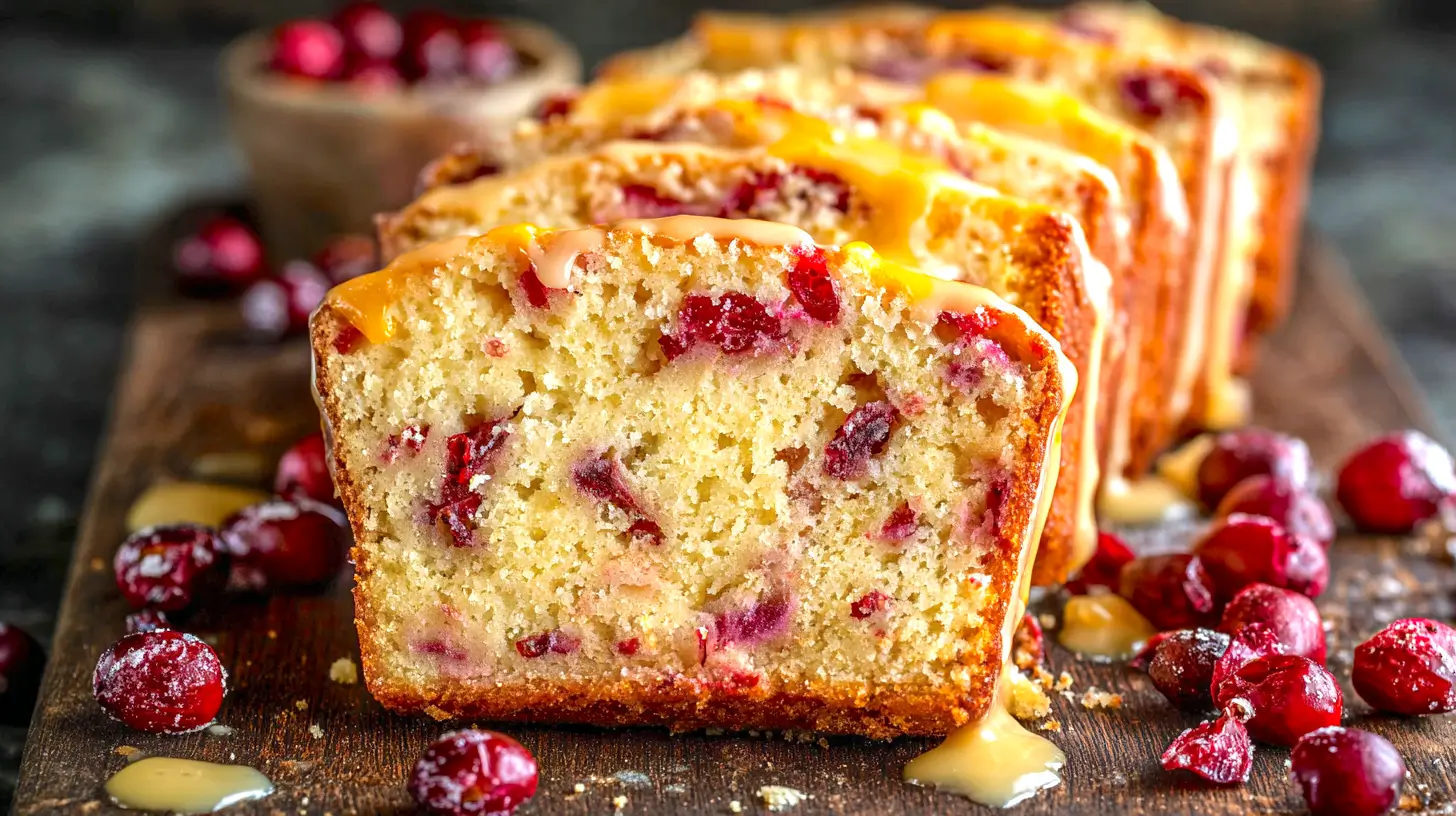Ready to start a garden with your family? This guide makes it easy and fun! Learn how to choose the best spot in your yard, pick plants that are easy to grow, and involve everyone in the family. Gardening is a great way to spend time outdoors, learn about plants, and even grow your own fruits and veggies. It’s an awesome project for weekends and after school. Let’s dig in and create a cool garden together!

Growing up With a Family Garden
As a child, the arrival of summer marked more than just the end of another school year. It signaled the beginning of my cherished annual retreat to Waretown, New Jersey, where I would spend my days under the loving watch of my grandparents, Granny and Pop Pop. Their home, a cozy haven nestled in a tranquil neighborhood, called Skipper’s Cove, was my summer sanctuary, a place where time seemed to slow down and every moment was savored.
The heart of our summers together were the gardens – one in the backyard brimming with vegetables, and another in the front yard adorned with flowers. These gardens were more than just plots of land; they were my grandparents’ labor of love, a tangible manifestation of their nurturing spirits.
Our mornings would start early, with the sweet aroma of Granny’s homemade breakfast filling the kitchen. After breakfast, we’d put on our gardening gloves and head outside. The backyard vegetable garden was our first stop. Here, under the firm, yet gentle guidance of Pop Pop, I learned the delicate art of tending to tomatoes, the precise way to water the beans, and the not-so-easy task of keeping the deer away.
I remember the urge to make mud pies every time my gloved hand touched the dirt, and the thrill of spotting the first sprouts pushing their way through the earth. Each vegetable held its wonder – the vibrant green of the string beans, and the rough skin of the cucumbers. My mind would race with the thoughts of those cucumbers soon turning into delicious pickles! Harvesting was a celebration, a time to marvel at the bounty of nature and our efforts.
Summer Days
The front yard on Granny and Pop Pops was a colorful tapestry of flowers that painted the entrance with life. Here, they taught me the names of each bloom – which I struggle to remember now; except the marigolds, I still remember those. I watched in awe as Granny pruned and tended to each plant with a gentle, yet assured touch. The flower garden was not just a display of beauty; it was a lesson in patience and care.
In the afternoons, we would sit on the porch, sipping iced tea (well Pop Pop had iced tea, I usually begged for chocolate milk), and admire our handiwork.
Those summers in Waretown, with my hands deep in the earth and my heart full of joy, shaped me in profound ways. They taught me the value of nurturing and the importance of roots, both in the ground and within a family. Now, years later, whenever I eat a fresh out of the garden veggie, I feel a deep connection to those precious days with Granny and Pop Pop. Their love and lessons continue to bloom, a timeless legacy nurtured in the gardens of Waretown.

Starting Your Own Family Garden
Choosing the Right Spot: A family garden doesn’t need a lot of space, but it does need sunlight and good soil. Look for a spot in your yard that gets at least six hours of sunlight a day. If you don’t have a yard, don’t worry! You can grow many plants in containers on a balcony or windowsill.
Preparing the Garden Space
1. Measuring Your Space: First, decide how big your garden will be. Use a tape measure to mark the area. It doesn’t need to be huge; a small plot or a few containers can be just as effective.
2. Clearing the Area: If you’re using a section of your yard, clear the area of any grass, rocks, or debris. This can be a great task for older kids who enjoy a bit of digging and exploration.
3. Testing Your Soil: Soil health is crucial. You can buy a simple soil test kit from a garden center. This will tell you if you need to add anything to your soil, like compost or fertilizer. Explain to your kids what the test results mean in simple terms.
4. Adding Nutrients: Based on your soil test, you might need to add compost, peat moss, or fertilizer to enrich the soil. Let your kids help spread these materials and mix them into the soil.
Setting Up Your Family Garden
1. Creating Garden Beds or Pots: If you’re using containers, ensure they have drainage holes. For garden beds, you might want to build raised beds or just use a section of your yard. Raised beds can be made with wood planks and are great for keeping the garden tidy and managing soil quality.
2. Planting Layout: Plan where each plant will go. Taller plants like tomatoes should be at the back so they don’t shade smaller plants. Kids can help with this planning, using drawings to visualize where everything will go.
3. Picking Your Plants: It’s important to choose plants that are easy to grow and that your family will enjoy. Some great beginner plants include tomatoes, carrots, lettuce, and sunflowers. Involve your kids in choosing the seeds or plants to make it more exciting for them.
4. Planting Seeds or Seedlings: Depending on what you’re growing, you can start with seeds or young plants from a garden center. Let your kids make holes in the soil and place the seeds or plants inside. Teach them how to gently cover the seeds with soil without packing it too tightly.
Maintaining Your Family Garden
- Watering: Show your kids how to water the plants gently. A watering can with a rose head is ideal for little hands. Explain how too much or too little water can affect the plants.
- Weeding: Teach your children how to identify weeds and remove them. This helps them understand the importance of giving your plants enough space and nutrients to grow.
- Checking for Pests: Regularly inspect your plants for signs of pests or disease. If you find any, use kid-friendly methods to deal with them, like insecticidal soap or natural remedies.
- Getting Your Hands Dirty: Gardening is a great activity for little hands. Let your kids help with digging, planting, and watering. It’s a fun way to teach them about how plants grow and where our food comes from.
- Weather Woes: Weather can be unpredictable. Use a sudden frost or a hot spell as a way to teach your kids about adapting and caring for the garden under different conditions.
Making Gardening Educational
- Observing Plant Growth: Use a ruler to measure how tall the plants are growing each week. Kids love to see the progress and compare the growth of different plants.
- Understanding Plant Needs: Discuss why plants need sunlight, water, and nutrients. You can even experiment by changing these variables and observing the effects.
- Lifecycle of a Plant: Teach your kids about the lifecycle of plants, from seed to fruit to seed again. If possible, save some seeds from your garden to plant next year.
Safety and Accessibility
- Safe Tools: Provide kids with tools that are safe and the right size for them, like small shovels and gloves.
- Easy Access: Make sure the garden is easy for them to access and work in. Raised beds can be particularly good for this, as they can be built at a height suitable for children.
- Sun Protection: Don’t forget about sun protection. Encourage hats, sunscreen, and gardening in the cooler parts of the day.
Making Family Gardening Fun for Kids
Create a Theme Garden
A theme garden, like a pizza garden with tomatoes, peppers, and basil, can make gardening more fun. Let your children pick a theme based on their interests.
Garden Crafts
Incorporate crafts into your garden. You can paint rocks to make garden markers or build a fairy garden with small plants and decorations.
Garden Games
Turn garden chores into games. Who can pull the most weeds? Who can find the biggest vegetable?

Learning and Growing Together
The Science of Gardening
Use your family garden to teach your children about science. Talk about how plants need sunlight and water to grow, and how bees and butterflies help pollinate.
Healthy Eating
A garden is a great way to encourage healthy eating. Kids are more likely to try vegetables they’ve grown themselves. Make a salad or a simple dish using your garden produce.
Tracking Your Garden’s Growth
Keep a garden journal. Have your kids draw pictures of the plants and write about their observations. This not only documents your garden’s progress but also helps in developing their writing and observation skills.
Harvesting and Celebrating
Enjoy the Fruits of Your Labor: When it’s time to harvest, make it a family event. Enjoy tasting the food you’ve grown and celebrate your success.
Sharing Your Bounty: Teach your children about generosity by sharing your harvest with neighbors or donating to a local food bank.
Keeping the Interest Alive
- Planning for Next Season – As the season ends, start planning for the next. Look through seed catalogs together and talk about what you want to grow next year.
- Winter Gardening – If you live in a place with cold winters, consider indoor gardening. Grow herbs on a windowsill or try sprouting beans in a jar.
- Reflecting on the Experience – At the end of the season, talk about what worked and what didn’t. Encourage your kids to share their thoughts and ideas for the next year.
Final Thoughts
A family garden transforms a simple patch of earth into a vibrant classroom, a playground of discovery, and a shared sanctuary for growth and connection. It’s more than cultivating plants; it’s about nurturing life skills, fostering a love for nature, and savoring the rewards of teamwork and patience. Through the act of gardening together, we impart invaluable lessons about the environment, responsibility, and the wholesome satisfaction of enjoying fruits and vegetables nurtured by our own hands. So, put on those gardening gloves, gather your loved ones, and embark on this enriching journey.



